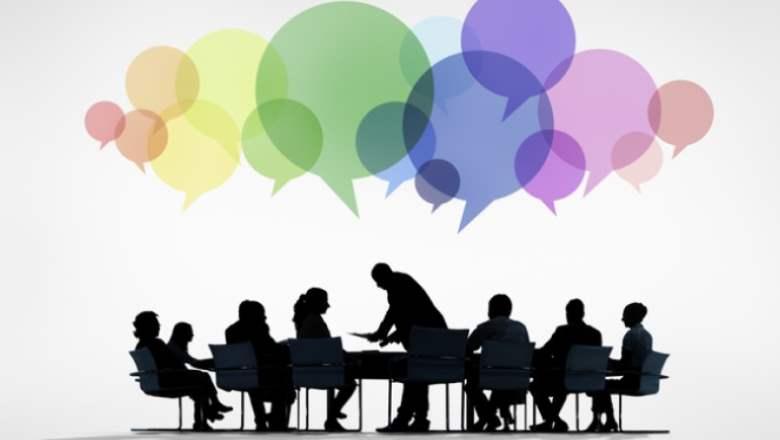Prevent Three Common Board Communication Mistakes

Communication mistakes can make boards be less effective. Fostering a solid structure can help boards communicate better with each other and members.
Your board works together to make the big decisions that shape your organization. So, what happens if they’re not communicating effectively?
When board members have strong communication, they’re able to collaborate on decisions that serve the best interest of your association. While you can’t control every aspect of how individual members of your board communicate, you can refine the standards you set for communication.
More than likely, you’re already doing a lot of things right to promote an environment for effective communication. Even so, it’s a smart idea to make sure you’re not making these three mistakes that can hinder team’s communication: Not holding a proper vote, not using a meeting agenda, and not sending out meeting minutes
Not Holding a Proper Vote
You already know how important the decisions your board makes are. That’s why it’s important to make sure that you have worked all of the kinks out of your voting process. Having clear guidelines for proposing actions, discussing options, holding the vote, and assigning next steps will make the process run smoothly and increase board members’ trust in the process.
As you outline your process, keep these tips in mind:
- Make instructions for voting crystal clear by outlining which situations call for anonymous votes and roll call votes.
- Standardize how votes are recorded in the minutes. This may simply mean writing the number of yea and nay votes or indicating who voted for what.
- Consider using voting software to make tallying and recording votes easier.
It’s crucial to make sure voting is a reliable and efficient process. This guide to board voting breaks down the process further.
Not Using a Meeting Agenda
We’ve all been in meetings where one person talks for way too long and you never get to the important issues you need to discuss. This is ineffective and not a good use of anyone’s time. A meeting agenda provides a framework for starting the meeting and helps facilitate the next steps after the meeting. When creating your meeting agendas, here are a few ways to be thorough and ensure everyone sticks to it:
- Assign people to present different parts of the agenda. Having different speakers will ensure participation by giving people active roles.
- Give time estimates for how long each topic will be discussed. At first, this can feel limiting, but it does help people stay on topic. You’ll find that you rarely need more time.
- Send out the agenda beforehand. This way, everyone can come prepared. Instead of spending time going over documents, you can actually have productive discussions in the boardroom.
Send Meeting Minutes
The next step is sending out minutes afterward. Providing everyone with meeting minutes can remind them of action items for specific team members, be a reference point for future decision-making,
inform members who missed the meeting, and offer a starting point for the next meeting agenda since it’ll be clear what items weren’t addressed.
Include all the important information in your meeting minutes, but don’t write a full transcript. Keep your minutes brief, but comprehensive. If they’re too overwhelming, your members are less likely to actually read them.
Fostering an environment for good communication comes down to the values you exemplify and the structure you put in place for your team. To build an engaged team that has excellent communication skills, it’s important to put in the time to create the necessary environment. Learning to avoid the three mistakes we identified will help improve the efficiency and effectiveness of your board.

